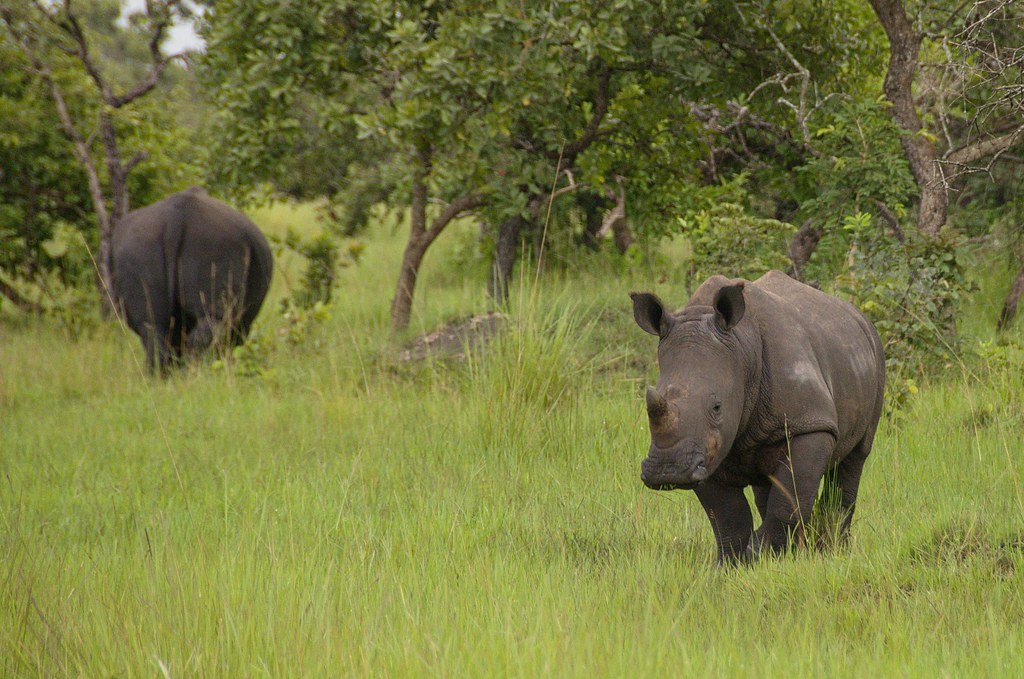Ziwa Rhino Sanctuary Reopened to Tourists – Uganda’s Rhino Haven Returns
Uganda’s journey toward full wildlife restoration reached another milestone when Ziwa Rhino Sanctuary officially reopened to tourists. Nestled in the heart of Nakasongola District along the Kampala–Gulu highway, Ziwa is the only place in Uganda where visitors can see rhinos in the wild. After a brief closure in 2021 due to management and conservation challenges, the sanctuary is once again welcoming travelers to witness its thriving rhino population and enjoy immersive walking safaris through the wilderness.
The Rebirth of a Conservation Gem
Ziwa Rhino Sanctuary’s reopening marks a powerful comeback for one of Uganda’s most important conservation centers. The sanctuary was closed temporarily in April 2021 to resolve administrative issues, but with renewed cooperation between the Uganda Wildlife Authority (UWA) and the Rhino Fund Uganda, the gates were reopened to the public in June of that same year. Since then, Ziwa has fully resumed operations and continues to play a vital role in reintroducing rhinos to Uganda’s ecosystems.
Home to over 30 southern white rhinos, Ziwa represents Uganda’s only rhino breeding program. These animals once roamed freely across the country but became extinct in the 1980s due to poaching and civil unrest. Today, the sanctuary stands as a symbol of recovery, ensuring that future generations will again see rhinos among Uganda’s Big Five.
Tracking Rhinos on Foot
The highlight of any visit to Ziwa is rhino tracking on foot. Accompanied by experienced rangers, visitors venture into the sanctuary’s savannah grasslands and woodlands to observe these magnificent creatures in their natural environment. The guided walks are safe, informative, and deeply inspiring, offering close encounters that few safari experiences can match.
While the rhinos are undoubtedly the stars, Ziwa’s 7,000 hectares of land are also home to over 300 bird species, antelopes, bushbucks, and occasional leopards. Bird enthusiasts can spot the elusive shoebill stork on guided canoe trips through the nearby Lugogo Wetlands—a favorite experience for photographers and nature lovers alike.
Activities at Ziwa Rhino Sanctuary
Beyond rhino trekking, visitors can enjoy a range of eco-adventures that make Ziwa more than just a stopover on the way to Murchison Falls National Park. Activities include:
-
Birdwatching and Nature Walks – Explore rich wetland habitats teeming with wildlife.
-
Shoebill Canoe Treks – Take a peaceful paddle through papyrus swamps in search of Africa’s rarest bird.
-
Night Walks and Camping – Experience the sanctuary after dark and listen to nocturnal sounds under a starlit sky.
-
Community Visits – Learn about local conservation efforts and the role surrounding communities play in protecting Uganda’s rhinos.
Visitors can also stay overnight at the sanctuary’s eco-lodges and guesthouses, which blend comfort with sustainability. Lodging options such as Ziwa Rhino and Wildlife Ranch offer cozy rooms, delicious local cuisine, and the chance to fall asleep to the sounds of nature.
Location and Accessibility
Ziwa Rhino Sanctuary lies about 176 kilometers north of Kampala, along the route to Murchison Falls National Park. The drive takes approximately three hours, making it a perfect stop for travelers heading to or from Uganda’s northern safari circuit. The sanctuary is open daily from 7:00 AM to 6:00 PM, and guided tracking activities run throughout the day.
A Key Stop on Uganda’s Big Five Safari
The reopening of Ziwa has restored Uganda’s status as a complete Big Five safari destination. By combining Ziwa’s rhino experience with wildlife safaris in Murchison Falls, Queen Elizabeth, and Kidepo Valley National Parks—plus gorilla trekking in Bwindi—travelers can enjoy one of Africa’s most diverse and rewarding safari routes.
Ziwa’s story is not just about rhinos; it’s about resilience, partnership, and a nation’s dedication to protecting its natural heritage. For visitors, it offers a rare chance to walk alongside giants and witness firsthand how conservation transforms landscapes and livelihoods alike.





